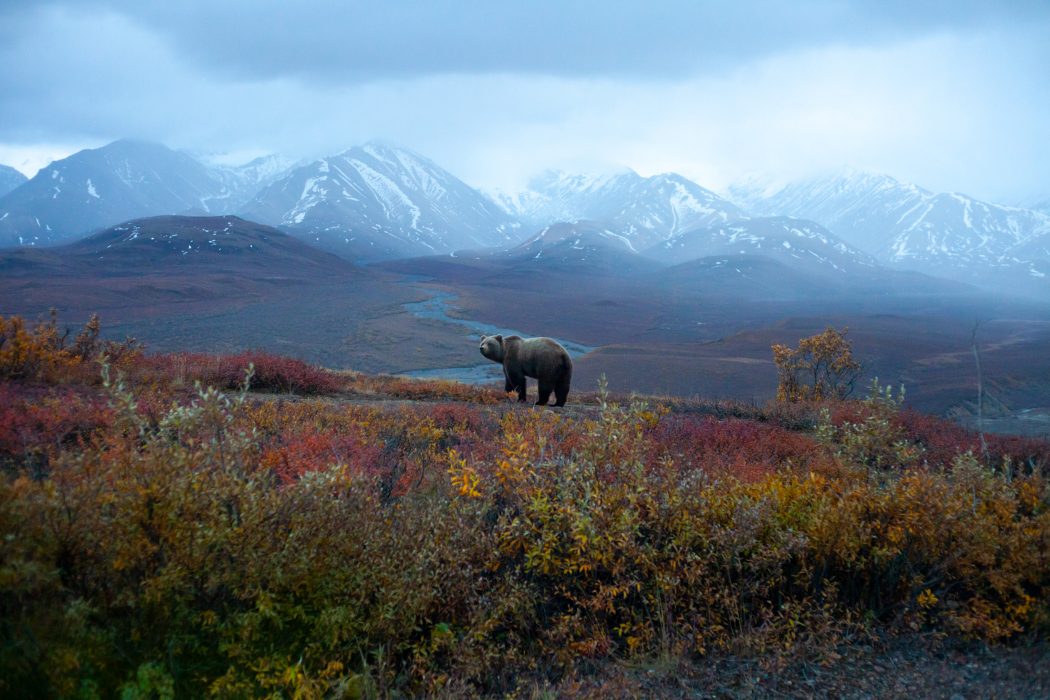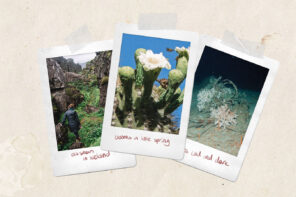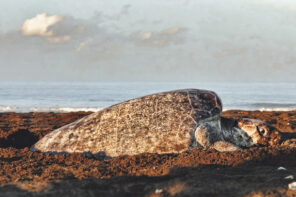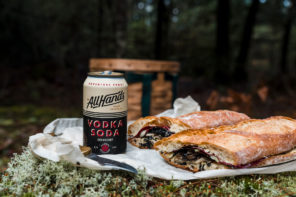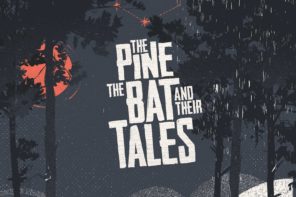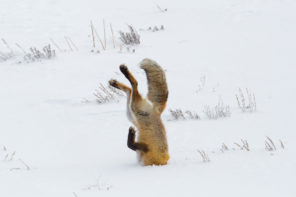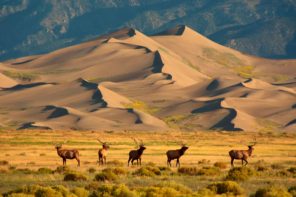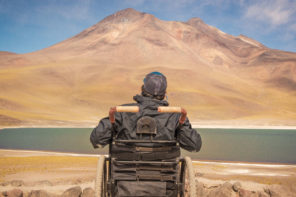The National Parks and preservation of wild land has been the work of passionate individuals sounding the alarm from the very beginning
Words and photography by Charles Post
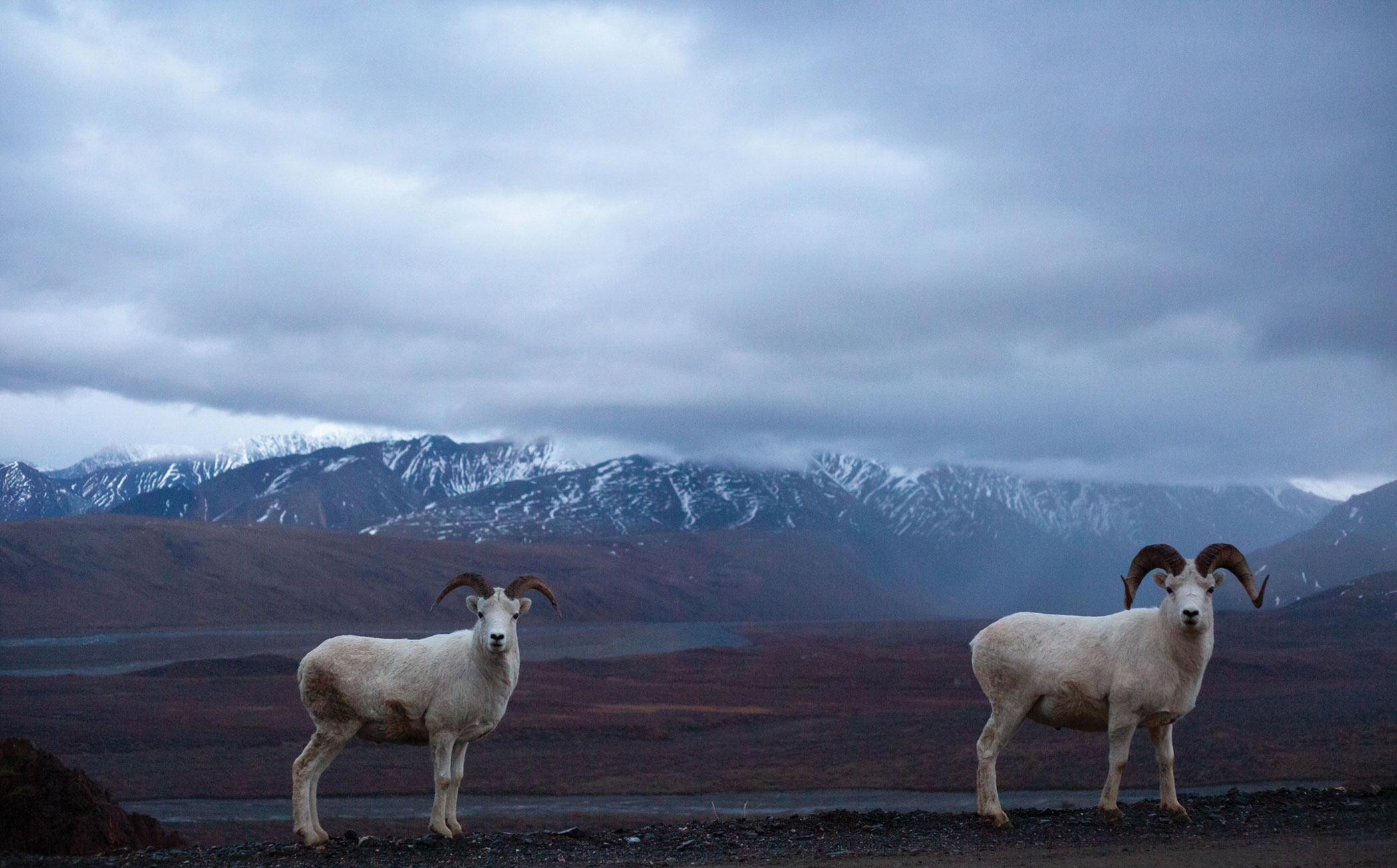
A pair of dall sheep, the monarchs of Denali’s rugged peaks and talus slope, stand perfectly suited for life in this rugged corner of the planet.
The Dall and Denali
In 1906, a hunter and naturalist named Charles Sheldon made his way into the Alaskan backcountry. Over the course of his first winter in the bush, Sheldon witnessed the relentless slaughter of Dall sheep, a mountain-dwelling sheep perfectly suited for the slopes of Alaska’s wildest mountains and monoliths.
Sheldon was an astute observer of the natural world who forecasted an impending systematic decline of his beloved Dall sheep should protective measures fail to be established. With keen interest and support from wilderness warrior Teddy Roosevelt’s Boone and Crockett Club, he rushed back to Washington D.C. with a heavy heart to petition the U.S. Government to protect the remaining Dall sheep of Denali. He dreamed of a future where these majestic climbers of alpine crags and brows that loom amongst the Alaskan sky would once again roam free from unbridled rifle barrels of commercial hunters feverishly fueling the flood of miners and settlers adamant about taming what wilderness lay between them and “progress at any cost.” On February 26, 1917, his petition was realized as a bill to protect 2 million acres of wilderness as Denali National Park, formerly known as Mount McKinley National Park. This is proof that one person can change the fate of wilderness and the wildlife who call these patches of Earth home.
Today, perhaps more than ever, we are at a crossroads. It’s not just a single majestic breed of mountain sheep in the crosshairs, though. We are positioned between two forces poised to destroy the fabric of our planet: climate change and the loss of global biodiversity. Both forces are the result of many drivers, all of which are covered with our collective fingerprints. In this time, we also have a tremendous opportunity, and that is to decide once and for all that nature is invaluable.
When nature dies, so will society.
The local and indigenous communities that have stewarded nature for thousands of years are in many cases the final defenders of our planet’s wild corners. For those of us who cannot live without biodiverse and wild places, we must empower these communities, and stand up for nature when we see greedy and destructive forces poised to strip our planet of its life for short term gains that benefit the few. We must also remember that we are part of nature, not separate from. When nature dies, so will society. We cannot let this happen.
Places like the Arctic National Wildlife Refuge and Bristol Bay are more valuable than any short term gain. Now more than ever our voices and votes, spending choices and lifestyle will shape the future of our planet. Be mindful in each action we make because their sum will define our legacy and the future of our planet.
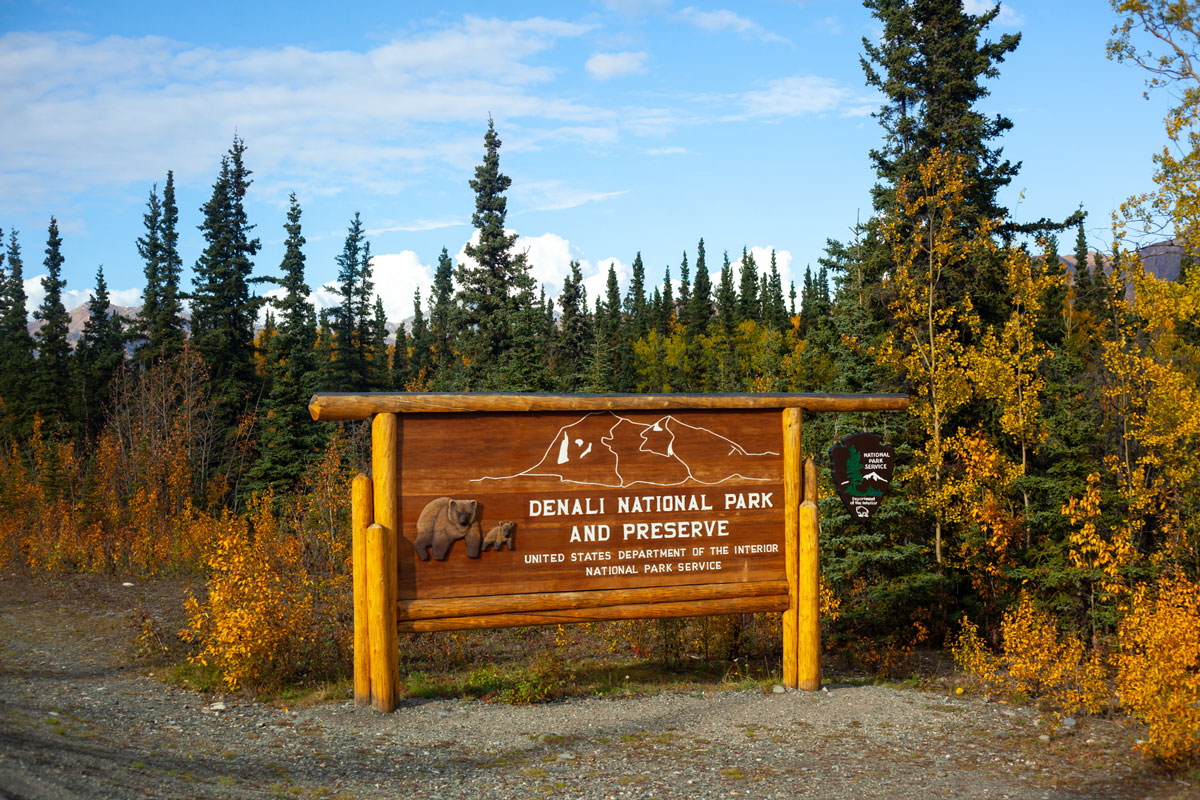
Denali’s vast wilderness encompasses some 6,045,153 acres, a swath larger in size than the state of New Hampshire. Supporting a rich and diverse ecosystem from the tundra, and snow capped ridgelines to the glaciers and deep forests home to the wolverine and lynx, Denali’s post-colonial preservation came to pass following one man’s decision to petition the federal government citing his belief that this great wilderness must be protected from man’s own greed.

Along the shore of Denali’s Wonder Lake, a lone caribou skull rests in a bed of blueberry painted red by winter’s unwavering and steadfast approach.

For 7 out of 10 days, Denali and the Alaska Range in which it is nested, climbs into the clouds and out of sight making any sighting a moment to behold and sit with.

A summer black bear picks her way through August flowers along the shore of St. Mary’s Lake in Glacier National Park.
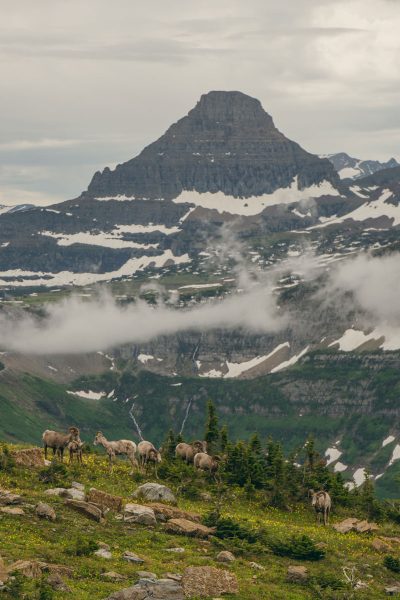
A band of bighorn sheep work their way across a verdant montane meadow in the heart of Montana’s Glacier National Park. With climate change rapidly transforming ecosystems from the Carribean to the most remote reaches of Antarctica, the park’s rapidly disappearing glaciers represent a potent reminder that our actions and inactions will define the future of our planet. The time to act is now.

